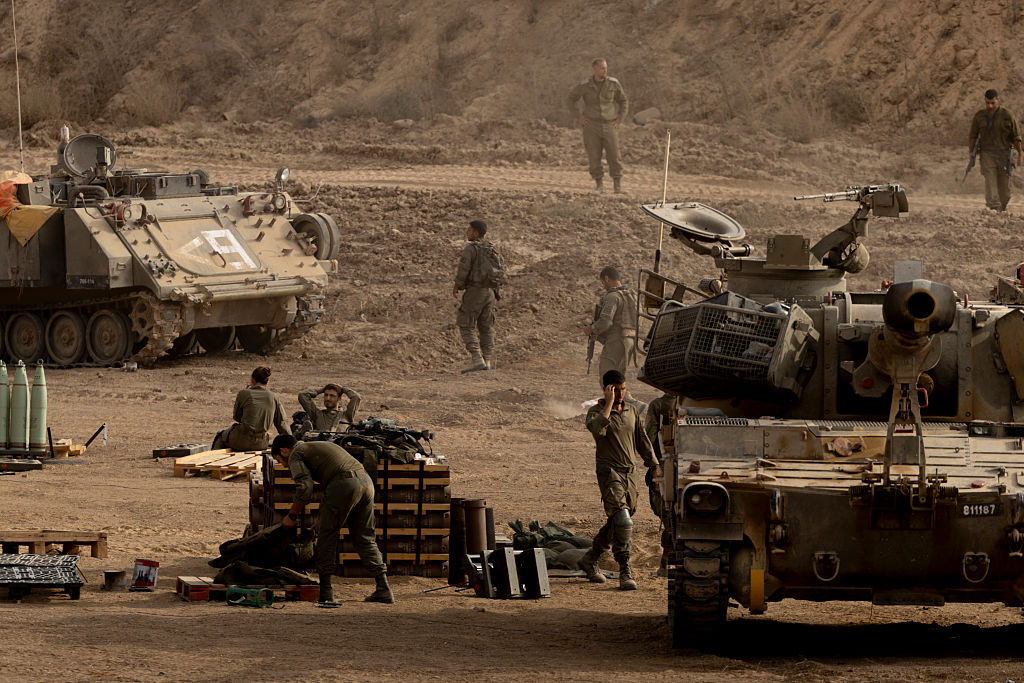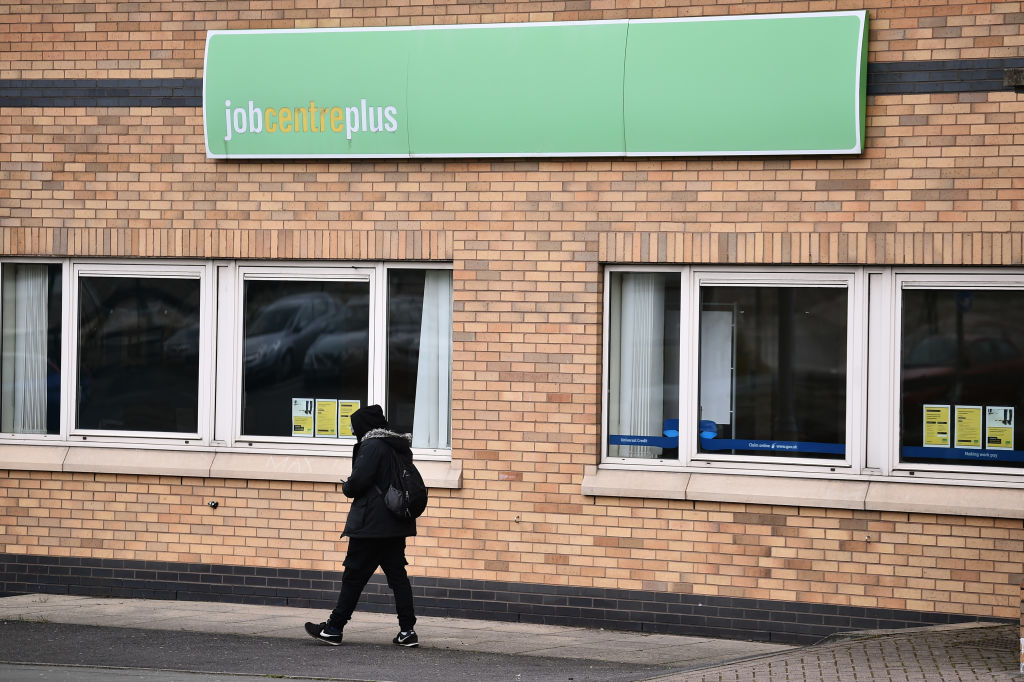The machine is beginning to turn. The ceasefire agreed between Israel and Hamas, brokered with the direct involvement of President Trump, his envoy Steve Witkoff, and adviser Jared Kushner, has now formally taken effect. Hostages are not yet returned, but the mechanism for their release is in place. According to the agreement, Hamas must release all 20 living hostages within 72 hours. The countdown has begun.
Hamas must release all 20 living hostages within 72 hours. The countdown has begun
Israel is redeploying troops along new lines in accordance with the terms. American forces, around 200 personnel, are arriving in Israel to support a joint control centre intended to coordinate humanitarian logistics and the entry of international actors into Gaza. Crucially, these troops will not enter the Strip. Their role is to manage the flow, not dictate it.
This is the deal, or at least the part of it that matters right now. Not the clauses about local police forces or the disarmament of jihadist groups. Those are, in strategic terms, fictions. They exist for political cover, not operational planning. No one serious believes Hamas will voluntarily give up its weapons or dissolve itself into some future technocratic Gazan authority. That is no more likely now than it was in 2006. Hezbollah has still not disarmed in Lebanon. Hamas will not likely disarm in Gaza.
But those clauses were never the point. They are sweeteners, crafted for the Arab states that still need to appear invested in ‘the Palestinian issue,’ and for Western leaders who require a fantasy ending to sell to their increasingly extremist constituencies. Macron, Starmer, and others may cling to the storybook. They need it, politically. But those making the deal know what is real. The real deal is the next 72 hours. The hostages. The ceasefire. The positioning. Everything else remains to be seen.
This is what Netanyahu has kept in view. Despite two years of war, enormous international pressure, and persistent domestic upheaval, he has maintained a consistent focus on securing the return of the hostages, despite the accusations to the contrary made by his enemies and detractors. In his words: ‘We promised, and we are delivering.’ The price has been steep. Israel is releasing dozens of convicted Palestinian prisoners. It is an appalling exchange on its face. But only those insulated from reality would call it unjustified. Two hundred and fifty prisoners will be released from Israeli jails. Two hundred and thirty killed people, 206 were involved in terror activity. Only ten did not commit violence or killing. These are mostly brutal murderers and psychopathic terrorists.
Among those being freed are men behind some of the bloodiest massacres of the Second Intifada. Muhammad Abu Tabikh orchestrated the Megiddo Junction bus bombing in 2002, where 17 commuters were torn apart in a fireball on their way to work. Muhammad Akel helped plan the Karkur Junction attack, in which two suicide bombers blew up a packed bus near Hadera, killing 14 and wounding scores more. And Bahar Badr, a senior Hamas operative, tied to multiple atrocities. These are not political prisoners or freedom fighters but men who targeted café-goers, students, and passengers – whose release under this deal underscores the unbearable moral arithmetic of hostage diplomacy.
Israeli journalist Amit Segal has reported that Itamar Ben-Gvir, objecting to the deal, asked Jared Kushner if he would have made peace with Hitler, telling him ‘Hamas is Hitler. They want to kill us.’ And protestors in the UK and beyond seem determined to keep marching on our streets in defiance of this tough deal. But it is not protestors chanting idiocies about ‘liberation’ who bear the cost of refusing a deal. It is the families who would never see their children again. It is the soldiers who would be sent to die in search-and-recovery missions through booby-trapped tunnels. It is the state, forced to trade away its deterrence to keep its covenant with its people.
And Israel is making that trade. Because it is serious. Because it governs. Because it lives in the world as it is, not as the deluded imagine it. Netanyahu himself put it plainly: ‘Hamas never agreed to release all our hostages while we were inside the Strip… Hamas agreed to the deal only when it felt the sword was at its neck – and it still is at its neck.’ That sword is the Israeli army, still positioned across Gaza, still controlling strategic points, still ready to resume the offensive the moment the deal is broken.
Trump’s role in this must be recognised, especially by those who sneered when he was last in office and cheered the arrival of ‘adult leadership’ in Washington when Biden took over. It is Trump, not Biden, whose plan now governs the path forward. His team assembled the framework. His presence in the region, and his credibility with Netanyahu, enabled the convergence of Arab states, the deployment of a coordinated task force, and the final press on Hamas. The ‘adults’ of the diplomatic salons were offered their fantasy clauses; the hostages are being brought home under terms the real adults dictated.
This is the harshness of reality. Israel, under Netanyahu, accepted the burden. It resisted calls to retreat, ignored foreign pressure, and persisted until Hamas broke. Now, it is executing the most painful phase of the plan: prisoner releases, exposure to risk, public scrutiny, all for the return of its citizens.
The hostages are not yet back. The war is not over. But the mechanism has begun. The real test is unfolding now. If the hostages return within the window, a new stage opens. If Hamas fails, Israel will act, unencumbered, justified, and prepared. Everything else is commentary.








Comments